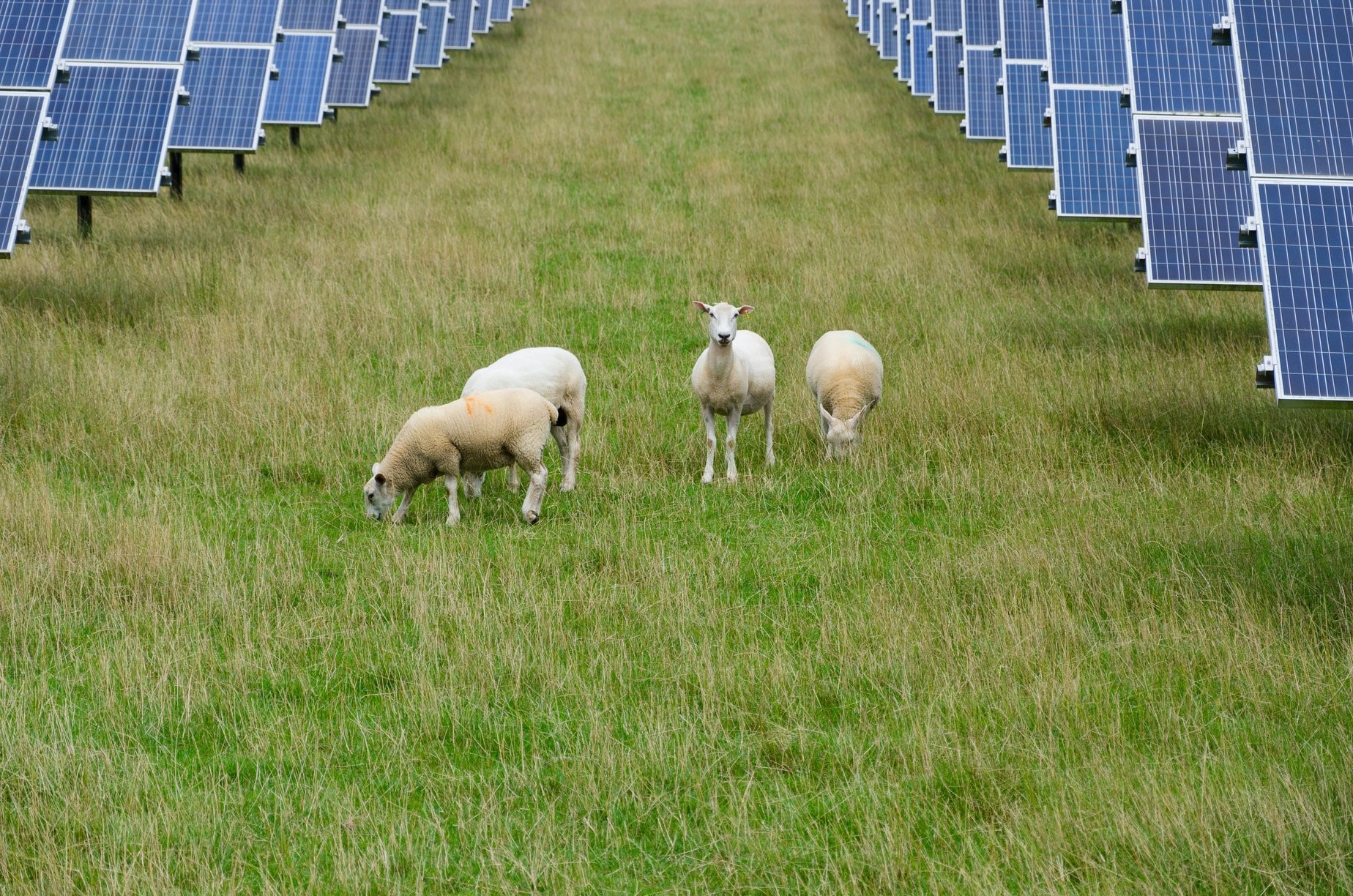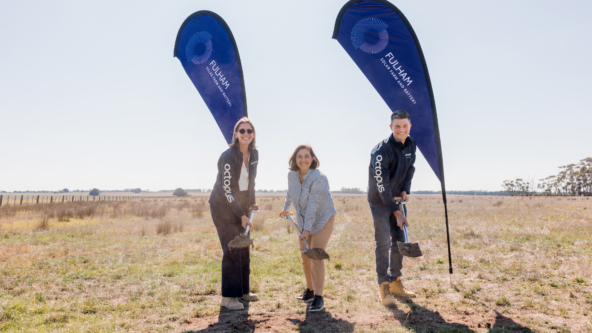Blind Creek Solar Farm and Battery
Developing a solar and battery project in NSW with regenerative agriculture at its heart.
Blind Creek Solar Farm and battery was founded by a group of local farmers and renewable energy experts. Their goal is to realise the potential of their land to host a farmer-led, utility scale, solar and battery project, co-locating renewable energy and sheep production.
Key Facts
Location: Near Bungendore, New South Wales (NSW), Australia.
Expected homes powered: Over 110,000 homes.
Expected renewable energy capacity: 300MW. Energy produced with be the equivalent of removing 200,000 cars from the road.
Battery capacity: 243MW / 486MWh.
Jobs created: Up to 300 full-time jobs during peak construction and approximately 5 full-time positions during operation.
Size: Over 700 hectares.
The Blind Creek solar farm and battery project is a development-stage renewable energy project near Bungendore, in NSW, with a capacity of up to 300MW of solar and 243MW/486MWh of storage. It is proposed to connect to a strong area of the transmission network, into the existing 330kV network between the major load centres of Sydney and Canberra.
The project was founded by a group of local farmers and renewable energy experts. Their goal is to realise the potential of their land to host a farmer-led, utility scale, solar and battery project, co-locating renewable energy and sheep production. The farmers have strong historical and ongoing personal connections to the project site and local area and are the same family who have lived on and farmed the site for over 150 years. The proposed solar farm will co-exist with rotational grass-fed lamb production, allowing for short periods of intensive grazing. The project’s footprint has been designed to be organic in shape, blending in with the surrounding landscape, with suitable grass species to be planted immediately below the solar panels. Panel spacing will allow tractor access and grassland enhancements for grazing lambs. In addition to the introduction of regenerative agriculture, the site will also support a carbon sequestration project, biodiversity and landscape restoration initiatives and green waste humus production.

“From the outset our goal was to co-locate renewable energy with regenerative agriculture and carbon sequestration while maintaining sheep production. We also had a clear vision of how we wanted to involve our local community in the project. Our relationship with Octopus and the CEFC means our commitment to create a more sustainable future for our family farm and positive outcomes for our community has taken an exciting step forward”.
Dominic Osborne, Project Founder and Landowner
It was also a key part of the founders’ vision that neighbours who are impacted by the project should benefit financially from it, resulting in the establishment of a unique Community Benefit Sharing Scheme (CBSS) that will contribute $330 per MW per year to the local community. This scheme is proposed to include funding towards:
- The Queanbeyan-Palerang Regional Council (through a Voluntary Planning Agreement), to be put towards the new Bungendore swimming pool and/or other facilities within the planned Bungendore sports precinct.
- Neighbours impacted by the project, ranging from near neighbours to those on the other side of Lake George, some 7km away. This money is proposed to be spent on local projects which are aligned to a vision of sustainable agriculture, environmental restoration, and community building.
- An Indigenous Cultural and Heritage learning zone near the shore of Weereewa / Lake Ngungara / Lake George to allow Indigenous Elders to educate Indigenous communities, the local community of Bungendore, and school children about the area’s significance. This will provide access to the lake from the eastern shore for the first time in over 150 years for Indigenous peoples, as the lake is largely locked in by freehold land, and the wider community.
The Blind Creek solar farm and battery project was the winner of the Clean Energy Council’s Community 2022 Engagement Award for its benefit sharing scheme and agri-solar initiatives.
Construction is forecast to commence late in December 2024.
The Project’s Environmental Impact Statement can be viewed on the Department of Planning & Environment’s (DPE) Major Projects portal here.
Read the latest insights

Octopus Australia begins construction of its Fulham Solar Farm and Battery Project

Building meaningful community relationships
